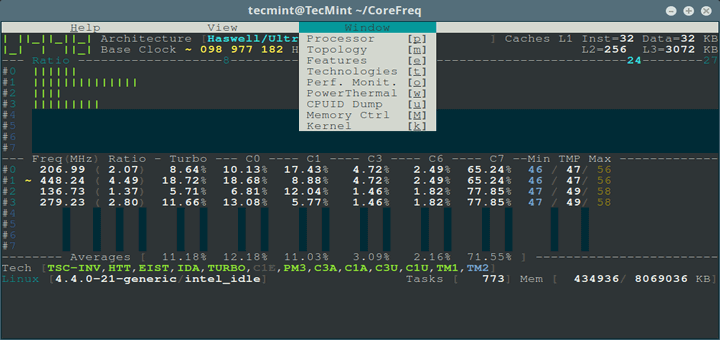


If you’re seeing high resource usage on your server, we now need to look at the processes themselves to see what’s responsible. So you now have an overview of what’s happening on your server at a glance. Processes will get slower and backed up while they wait for memory to become available. High swap and RAM usage will affect your system’s ability to process tasks efficiently, potentially resulting in 504 time-out errors. Swap space is your safety net if you run out of RAM. “ avail mem” is the amount of available memory that can be used without causing more swapping. Cache is data that’s been read and can be reallocated if needed. Buff is data that’s in the process of being written, and this cannot be reallocated. “ buff/cache” are two different things lumped into one. Total, free, and used values are pretty much self-explanatory. If you use software such as Photoshop, Illustrator, or other heavy Adobe Creative Cloud apps, you’ll likely have experienced the same thing on your computer. This is why having spare disk space is important for your system and why performance issues can arise when your disk space usage gets past 90%. We have RAM and Swap – Swap is part of your hard disk that’s used by your server like it uses RAM.

This section shows information regarding the memory usage of the system. Sustained steal can be a serious problem as it means that other instances on the shared server are stealing away from your allocation, which may cause performance issues. Steal only applies to virtual machines, not dedicated servers. Time spent servicing software interrupt routines. Time spent servicing hardware interrupt routines. Time spent on waiting on IO peripherals, usually disk. The default value is 0, and it ranges from 19 down to -20. This is a subset of the “user” state and shows the CPU time used by processes that have a positive niceness (those with a lower priority than other tasks). Sustained high usage may indicate a device driver issue. This can spike when data is being read or written to disk. The kernel is responsible for low-level tasks that take care of your general day-to-day server processes, e.g. This shows the amount of CPU time used by the kernel. This is going to be the biggest user of CPU. These are your application-level processes, such as MySQL. This is the CPU time used by userspace processes. The following is a quick explanation of what each of these values means. Sustained high CPU usage is something that requires further attention. The higher your %Cpu, the busier your system is, and this will affect the performance of your websites.īursts of high usage are normal and nothing to be concerned about. Real-time CPU usage is broken down into categoriesĬPU usage is the primary metric we’re interested in.


 0 kommentar(er)
0 kommentar(er)
